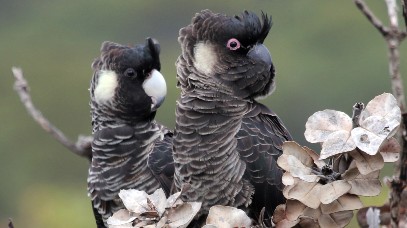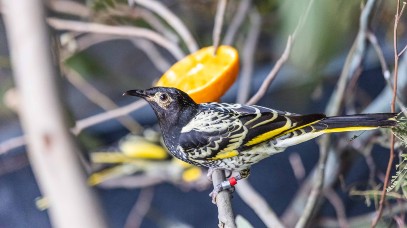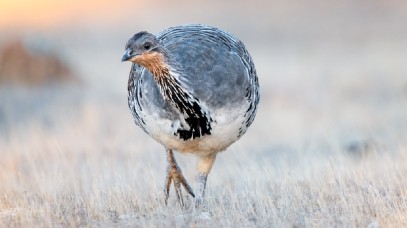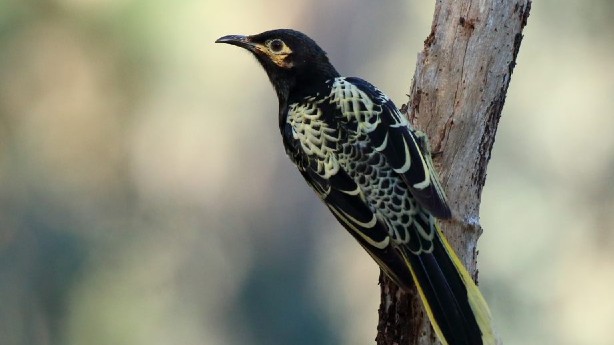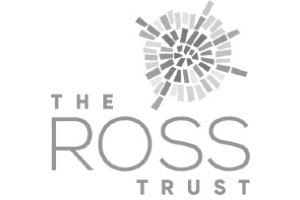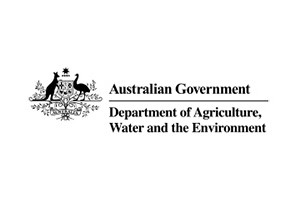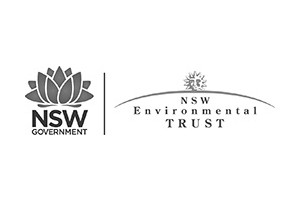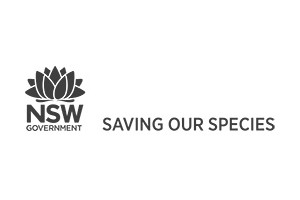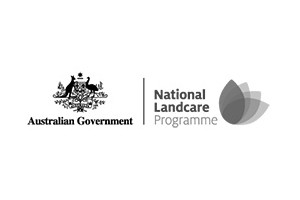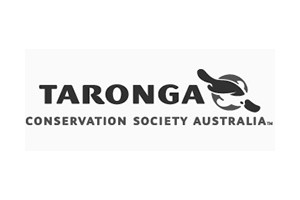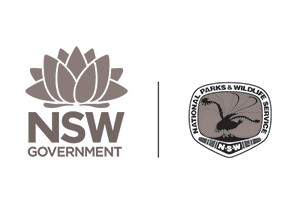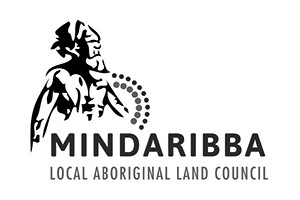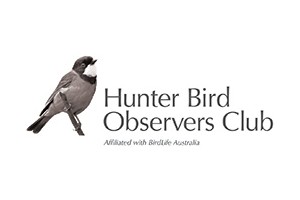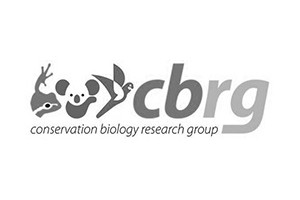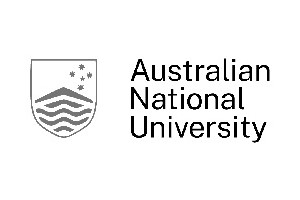The Woodland Birds Program aims to enhance the conservation of all threatened and declining woodland species. We do this through either single-species recovery work (e.g. Swift Parrot, Regent Honeyeater and Red-tailed Black-Cockatoo recovery projects) or multi-species projects like Birds on Farms.
Key points
- 80% of temperate woodlands have been cleared.
- Over one-third of Australia’s land birds depend on woodlands to survive.
- At least one in five of these species is now threatened with extinction.
The Woodland Birds Program focuses on:
- ongoing monitoring of bird populations and examining trends across south-eastern Australia
- using this information to identify sites of priority for our woodland birds
- engaging the community in woodland bird conservation on private property
- monitoring signs of climate change on our woodland birds and habitats.
With improved on-the-ground management practices and protection of woodland habitats we have been able to reduce the threats our woodland birds face.
Taking action: our Conservation Action Plan (CAP)
The Woodland Birds CAP brings together experts in ecology, species recovery, government bodies, community groups and environmental NGOs. It is a response to current and long-lasting threats to our temperate woodlands and threatened birds.
Read the fact sheet on our Temperate Woodland Bird Conservation Action Plan, or read the detailed plan here
Targeting flagship species: Swift Parrot, Regent Honeyeater and Red-tailed Black-Cockatoo.
Both the Swift Parrot and Regent Honeyeater are Critically Endangered, and the Red-tailed Black-Cockatoo is Endangered. The outcomes achieved by targeting these species will also benefit:
- at least 38 other threatened woodland birds
- 18 threatened ecological communities
- many threatened species of flora.
What we have achieved so far
The program implements a range of recovery actions for the Swift Parrot, Regent Honeyeater and Red-tailed Black-Cockatoo. We work closely with the recovery team for each species on projects like:
- the captive breeding and release of Regent Honeyeaters
- improved monitoring of the Swift Parrot across mainland Australia
- nest-box monitoring for the Red-tailed Black-Cockatoo
- community tree plantings at high-priority sites to restore critical habitat.
Initiatives to revegetate temperate woodlands are already underway at places like Clarkesdale Sanctuary, near Ballarat, in Victoria. This sanctuary provides a best-practice model for private landholders to rehabilitate land for threatened and declining woodland birds.
